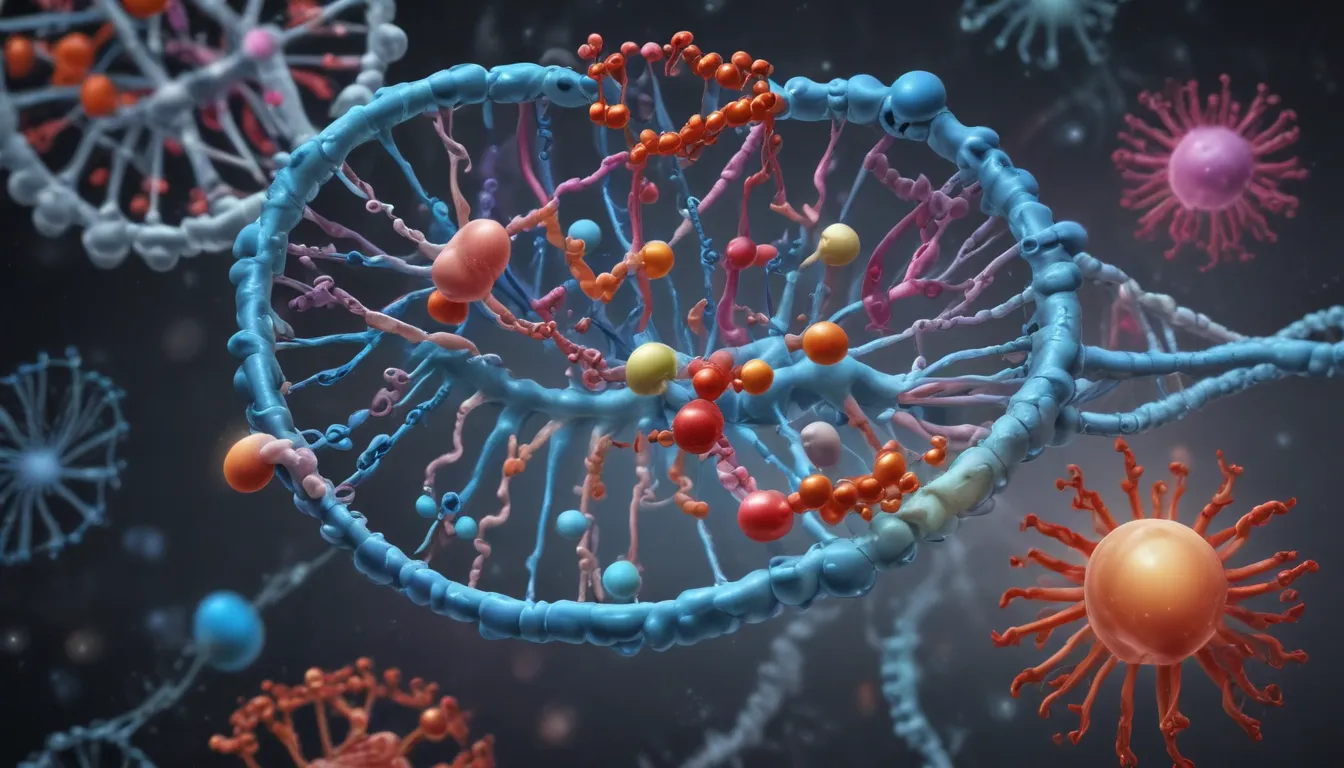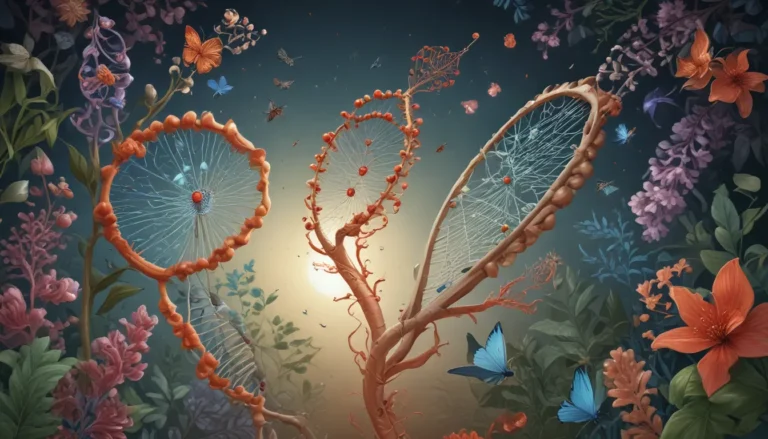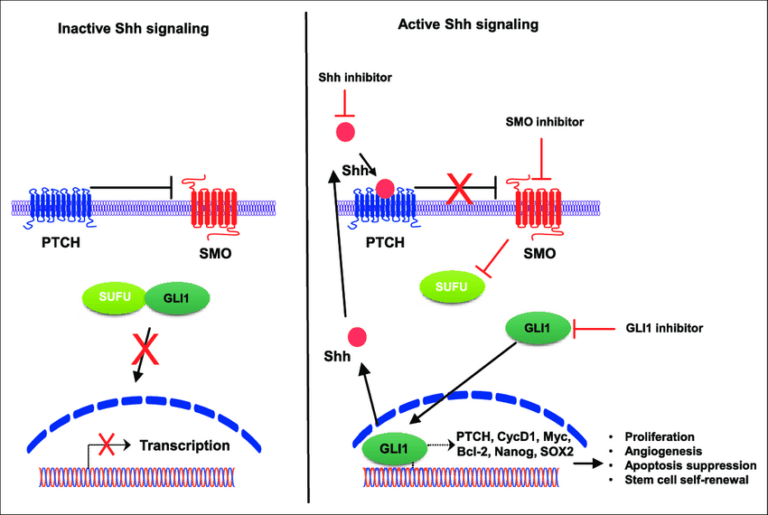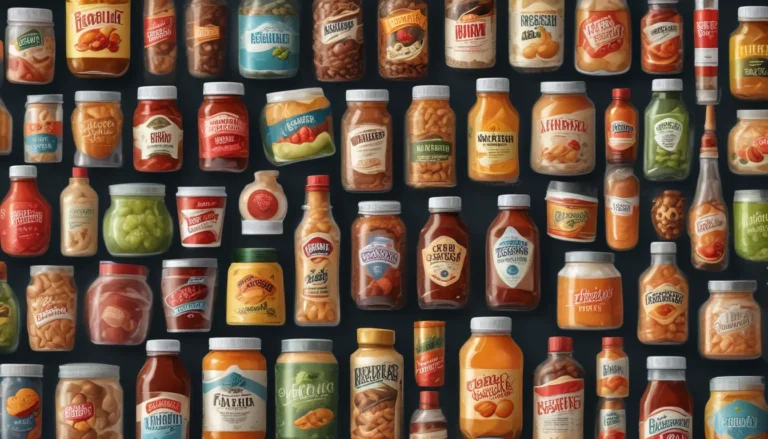A Note About Images: The images used in our articles are for illustration purposes only and may not exactly match the content. They are meant to engage readers, but the text should be relied upon for accurate information.
Welcome to the captivating world of codon recognition, a crucial process in protein synthesis that unveils the secrets of genetic expression. From the decoding of the genetic code to the role of transfer RNA molecules, each aspect of codon recognition offers a glimpse into the remarkable mechanisms that govern life itself. Whether you’re a biology enthusiast, a student delving into genetics, or simply curious about the wonders of nature, join us on this enlightening journey through 15 extraordinary facts about codon recognition.
Understanding Codon Recognition
Codon recognition is the intricate process where the genetic information encoded in DNA is translated into functional proteins. This fundamental process is essential for unraveling the complexities of life and understanding the functioning of every living organism. At the heart of codon recognition lies the specific pairing between mRNA codons and tRNA anticodons during protein synthesis, ensuring the accuracy and efficiency of protein production.
Decoding the Genetic Code
The genetic code, read in sets of three nucleotides called codons, determines the sequence of amino acids added to the growing polypeptide chain. With 64 possible codons encoding only 20 amino acids, some amino acids are represented by multiple codons, showcasing the precision and flexibility of the genetic code.
The Role of Ribosomes
Central to codon recognition is the binding of mRNA to ribosomes, molecular machines that facilitate the interaction between mRNA codons and tRNA anticodons. The ribosome’s ability to proofread and ensure correct codon-anticodon pairing is crucial for maintaining the fidelity of protein synthesis.
Unraveling the Molecular Interactions
Hydrogen bonding mediates the codon-anticodon pairing, providing stability and specificity to the interaction. The ribosome undergoes structural rearrangements during codon recognition, positioning for peptide bond formation and ensuring accurate translation of the genetic code.
The Impact of Codon Recognition
Disruptions in codon recognition can lead to genetic diseases, emphasizing the importance of precise protein synthesis in maintaining cellular functions. Yet, understanding codon recognition has paved the way for advancements in biotechnology, allowing scientists to engineer modified codons for various applications.
Exploring the Fascinating World of Genetics
As we delve deeper into molecular biology, it becomes evident that codon recognition is a cornerstone of genetic expression. By deciphering the language of DNA, scientists uncover the secrets of genetic makeup, diseases, evolution, and the functioning of living organisms. The study of codon recognition promises extraordinary revelations in the future, shaping our understanding of life’s building blocks.
Frequently Asked Questions
Q: What is codon recognition?
A: Codon recognition is the matching of mRNA codons with tRNA anticodons during protein synthesis.
Q: Why is codon recognition important?
A: Codon recognition determines the sequence of amino acids in a protein, influencing its structure and function.
Q: How universal is the genetic code for codon recognition?
A: The genetic code is highly conserved across organisms, with the same codons coding for the same amino acids.
Q: What role do tRNA molecules play in codon recognition?
A: tRNA molecules carry specific amino acids to the ribosome based on mRNA codons during protein synthesis.
Q: Can mutations affect codon recognition?
A: Yes, mutations can alter codon sequences, leading to changes in proteins produced and potentially causing genetic disorders.
Embark on a journey through the captivating world of codon recognition and unravel the mysteries of molecular biology. Each fact sheds light on the intricate processes that govern genetic expression and protein synthesis. With a deeper understanding of these fundamental mechanisms, we gain insights into the essence of life itself. Trust in our commitment to quality and authenticity as we explore the wonders of genetics and molecular biology together.






